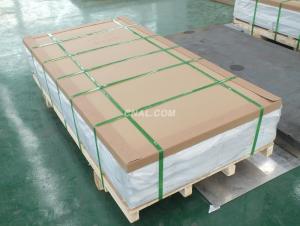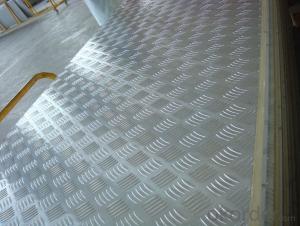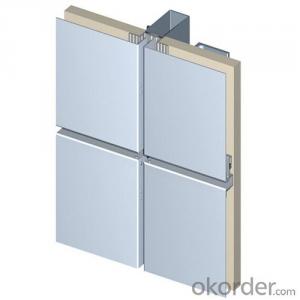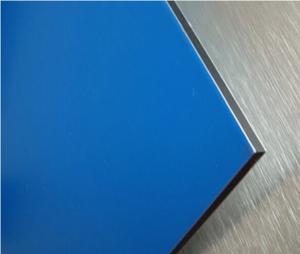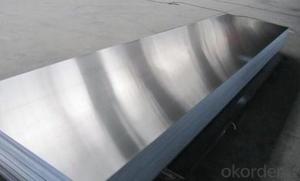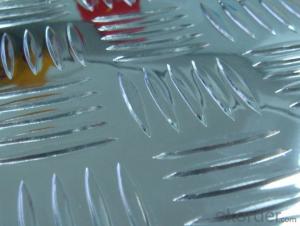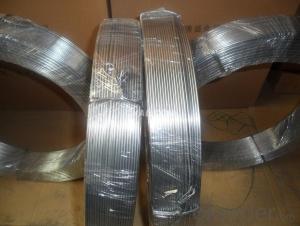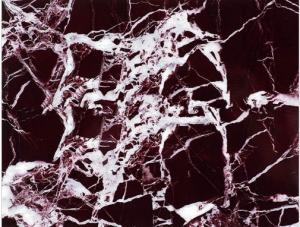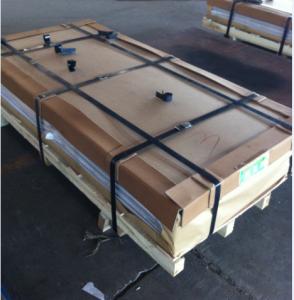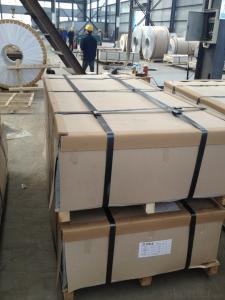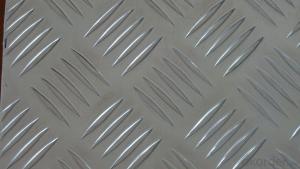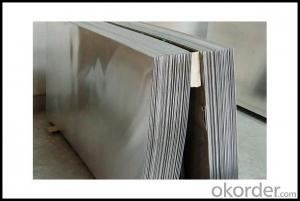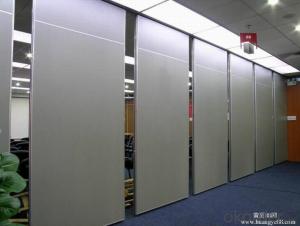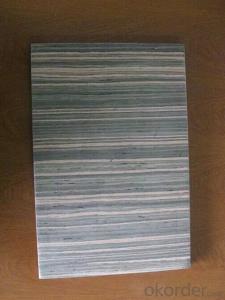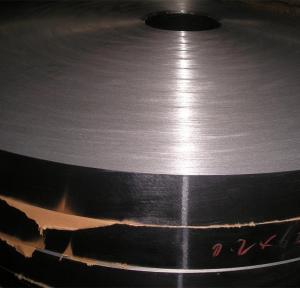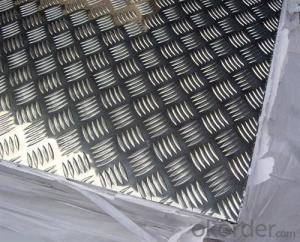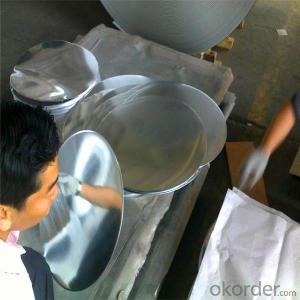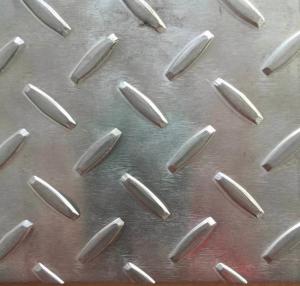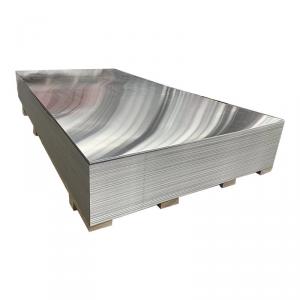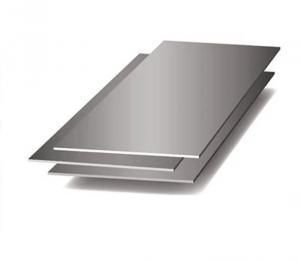3 4 Aluminum Plate
3 4 Aluminum Plate Related Searches
3 4 Inch Aluminum Plate 3 4 Thick Aluminum Plate 1 4 Aluminum Plate 4 Aluminum Plate 3/4 Aluminum Plate 3/4 Inch Aluminum Plate 4 X 4 Aluminum Plate 1 4 In Aluminum Plate 3/4 Thick Aluminum Plate 3 16 Aluminum Plate 3 16 Inch Aluminum Plate 1 4 Inch Aluminum Plate 3/4 Inch Thick Aluminum Plate 3mm Aluminum Plate 3 8 Aluminum Plate 1 4 Thick Aluminum Plate 1 4 Aluminum Diamond Plate 4 Inch Aluminum Plate 4 Mm Aluminum Plate 1 2 Aluminum Plate 4x4 Aluminum Plate 3 16 Aluminum Plate 4x8 3 4 Aluminum Bar Stock 1 4 Inch Thick Aluminum Plate 3 8 Inch Aluminum Plate 4 X 8 X 1 4 Aluminum Plate 1 4 Aluminum Plate Near Me 3/16 Aluminum Plate 3 8 Thick Aluminum Plate 1/4 Aluminum Plate3 4 Aluminum Plate Supplier & Manufacturer from China
3/4 Aluminum Plate is a type of aluminum sheet material that is widely used in various industries due to its durability, lightweight properties, and corrosion resistance. This product is available in different thicknesses and sizes, making it suitable for a multitude of applications. The 3/4 Aluminum Plate is particularly favored in construction, automotive, aerospace, and marine industries for its ability to withstand harsh environmental conditions while maintaining its structural integrity.The 3/4 Aluminum Plate is utilized in a variety of applications, such as in the manufacturing of aircraft components, automotive parts, and architectural structures. Its high strength-to-weight ratio and resistance to corrosion make it an ideal choice for applications where weight and durability are critical factors. Additionally, the 3/4 Aluminum Plate can be easily fabricated and formed into various shapes, further enhancing its versatility in different usage scenarios.
Okorder.com is a renowned wholesale supplier of 3/4 Aluminum Plate, boasting a large inventory of this high-quality material. By offering a comprehensive range of 3/4 Aluminum Plate products, Okorder.com ensures that customers can find the specific aluminum plate they need for their projects. The company's commitment to providing top-notch products and exceptional customer service has made it a trusted source for 3/4 Aluminum Plate and other aluminum materials in the industry.
Hot Products



